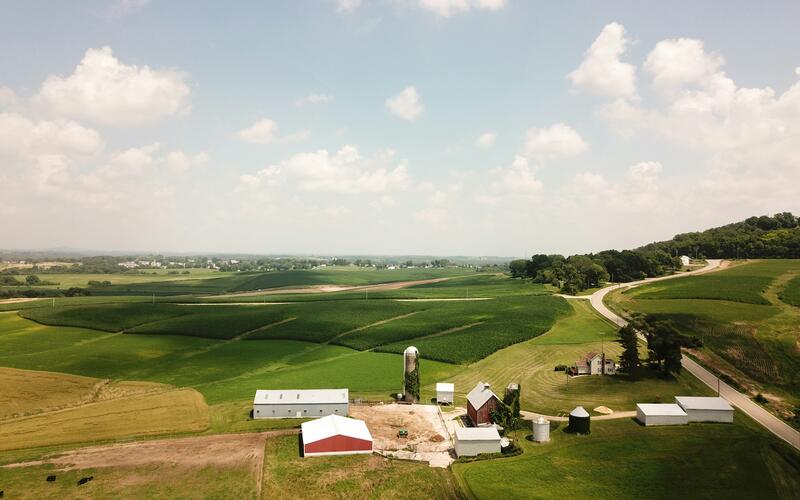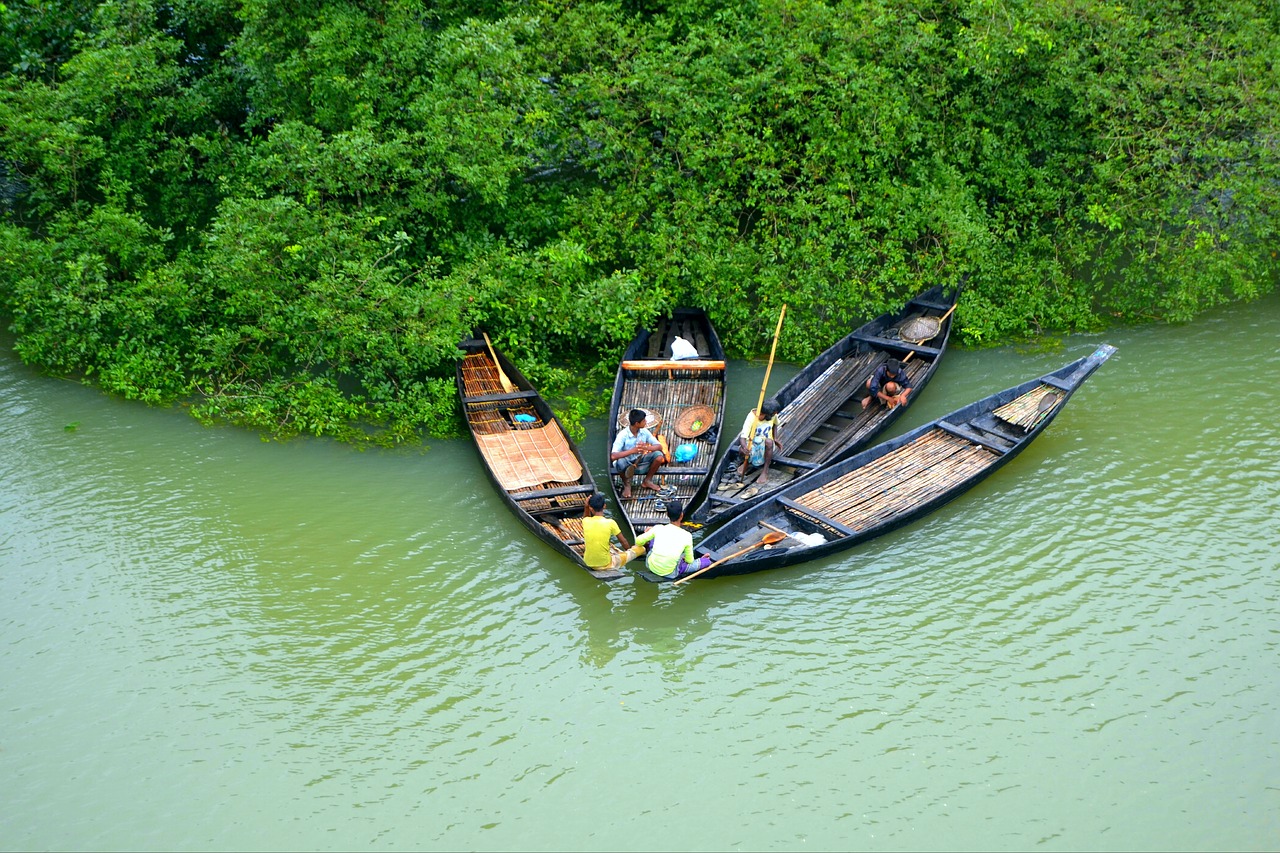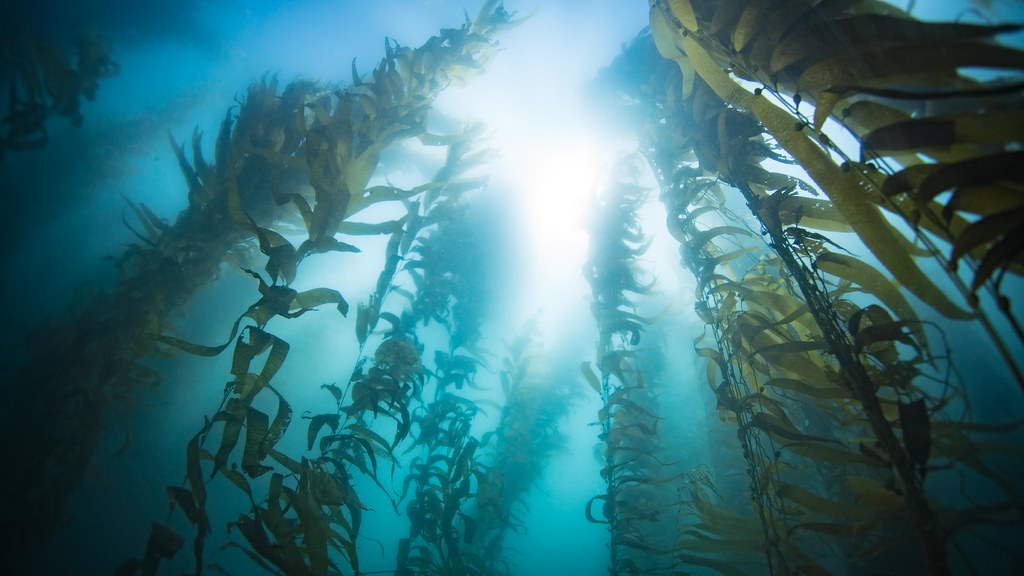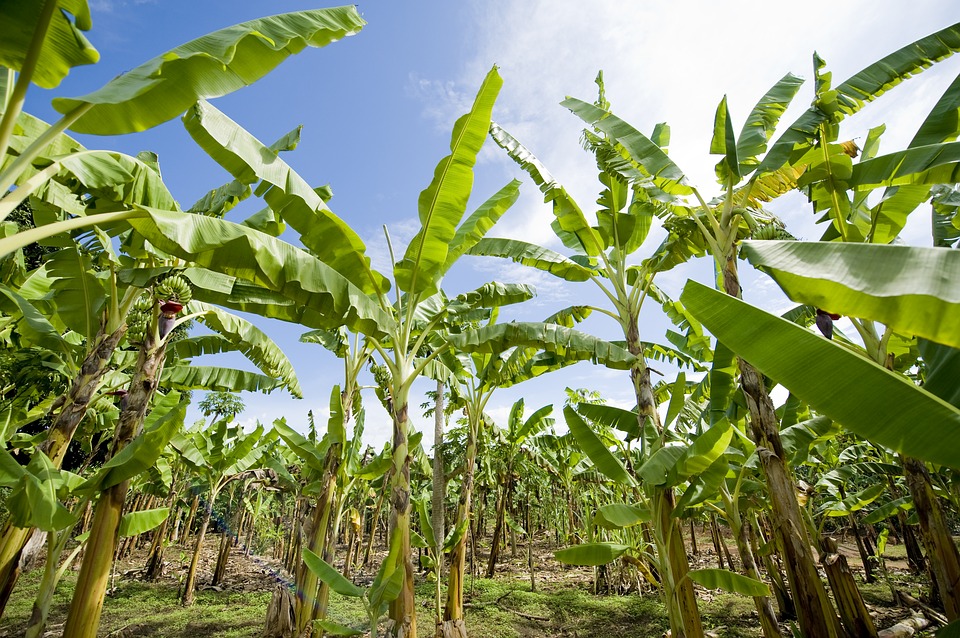Chem-undrum: The Need to Better Monitor Chemicals Compounds in the U.S.
In a world where warnings of “Cancer and reproductive harm” adorn everyday products, the burden of identifying hazardous substances lies with the consumer. The prevalence of hazardous chemical compounds, with alarming rates found in pregnant women, paints a concerning picture of a silent epidemic affecting the health of future generations. As chemical interference in the body’s hormones correlates with rising rates of cancer, obesity, and neurological disorders in children, the need for a fundamental shift in who monitors chemical compounds becomes apparent.
May 3, 2024
Biodiversity Science and Action
Biodiversity affects our global environment and economy but we lack the scientific knowledge and economic systems required to manage it effectively. Recent research reveals the magnitude of these shortcomings, the questions that must be addressed, and the urgent need for solutions.
April 21, 2024
April 6, 2024
Lessons from Rural Elders: Re-imagining the food system means a return to relationships
Rural communities are essential to food production in the United States. Despite this, they rarely receive the benefits of this food commensurate with their investments in this system. Elders in rural communities are incredibly overlooked in food access interventions and consistently benefit the least from the food they help grow. This oversight makes rural elders particularly vulnerable to food insecurity. The current food system disconnects elders from the food grown in their communities and, therefore, must be transformed to prioritize care for these vulnerable populations.
March 30, 2024












